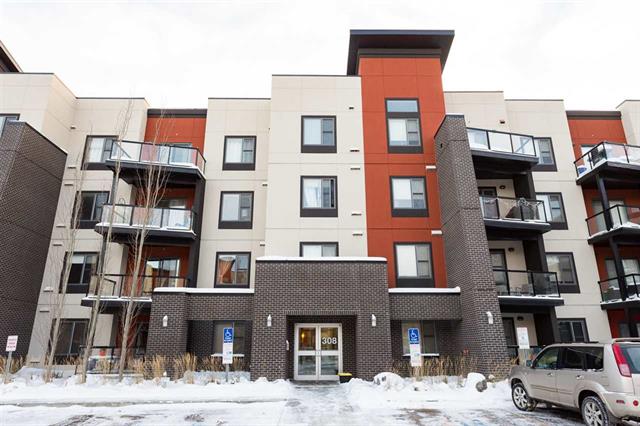| Powered by YMLP.com |
||
Today’s Bank of Canada rate hold announcement marks almost four straight years that the key benchmark rate has remained unchanged, since September 8, 2010. Great news if you have a variable-rate mortgage or home equity line of credit; the prime rate stays at 3%.
The announcement noted that “the risks to the outlook for inflation remain roughly balanced, while the risks associated with household imbalances have not diminished.” With these considerations, the Bank is maintaining its monetary policy stimulus, and remains neutral with respect to the timing and direction of the next change.
The next rate-setting day is October 22nd. |

 Subscribe with RSS Reader
Subscribe with RSS Reader











Comments:
Post Your Comment: